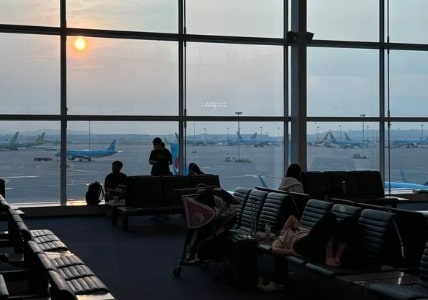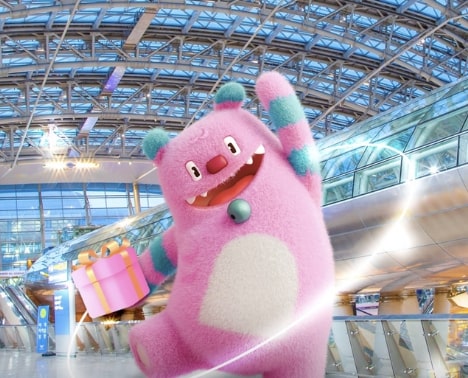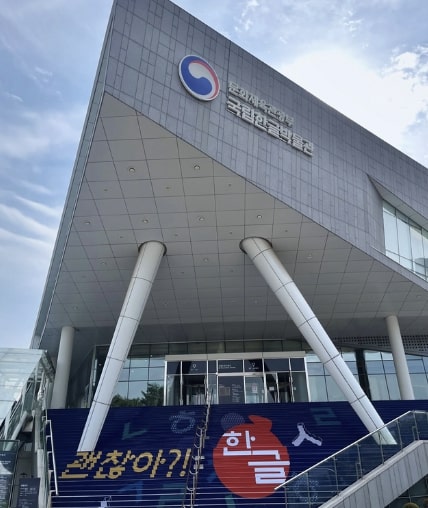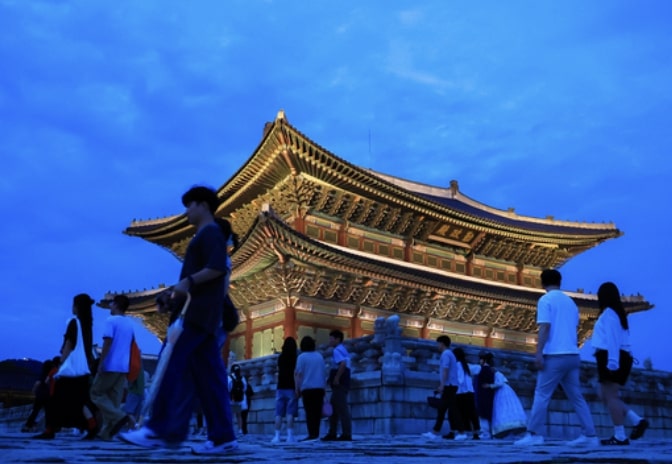
10 Facts About Incheon Airport in South Korea

1. The official name is Incheon International Airport, and it is registered as such with the International Air Transport Association (IATA) and the International Civil Aviation OrganizationI (CAO). However, it is sometimes referred to as Seoul Incheon International Airport or Seoul International Airport abroad. For reference, while the airport itself is located in Incheon, Incheon is part of the Seoul Metropolitan Area.
2. Construction of the seawall began in November 1992, and the passenger terminal was completed on May 31, 1996, with work on the airfield facilities starting on December 30 of the same year. Although the plan aimed for a 1997 opening, frequent design changes caused delays. The financial crisis in 1997 further disrupted the schedule. Basic facilities were completed in June 2000, and airport operational tests were conducted from October 2000 to March 2001. On March 29, 2001, Incheon Airport officially opened, taking over all international flight functions from Gimpo International Airport.
3. It is the largest airport in South Korea, built by reclaiming land from the sea, including islands such as Yeongjong Island, Sammok Island, and Sinbul Island in Incheon.
4. Since 2008, the airport has been expanding its facilities, and in 2018, it opened Terminal 2. Currently, Phase 4 of the expansion is underway, which includes the expansion of Terminal 2 and the construction of the 4th runway. Once the final Phase 5 expansion is completed, the airport will feature three terminals and five runways, making it a vast airport.
5. Among foreign airlines, Delta Air Lines, the cargo carrier FedEx, and Polar Air Cargo have designated Incheon Airport as their hub.
6. According to the 2024 OAG International data, Incheon Airport has risen to the 3rd position in the world for international passenger traffic, excluding domestic flights and domestic transfers, ranking behind Dubai International Airport and London Heathrow Airport.
7. By operating the Smart Pass system, travelers can pre-register their passport, facial information, and boarding pass, allowing them to pass through departure processes such as the departure hall and boarding gate using only facial recognition at the airport.
8. The shape of Terminal 1, as seen from above, is famously said to resemble a rabbit’s head. There have been reports on TV suggesting that it looks like Mashimaro.
9. The facilities at the airport are among the best in the world. The duty-free area is very spacious, and amenities such as relaxation areas, wireless internet, a jjimjilbang (Korean sauna), and capsule hotels are also of high quality.
10. Curtis Fentress, one of the three architects who conceptualized the Incheon International Airport Transportation Center (also known for designing Denver International Airport), aimed to ensure that the large building did not feel imposing. He wanted to avoid the overly large and extravagant feel of airports like Hong Kong’s Chek Lap Kok International Airport and Dubai Airport. By using a glass ceiling to let in ample natural light and designing the departure waiting areas to resemble a tented space, Fentress aimed to create a comfortable environment that would reassure travelers embarking on long journeys. (Interview from Dongbangyuhaeng)
—S\
UoH offers a personal assistant program with two types of services. For traveling in Korea, we assist with any type of reservations, rentals, and personal assistance. For shopping, we purchase anything you need and ship it to your home. Feel free to email us at uofhorang@gmail.com for a quote and to find out how to proceed!



